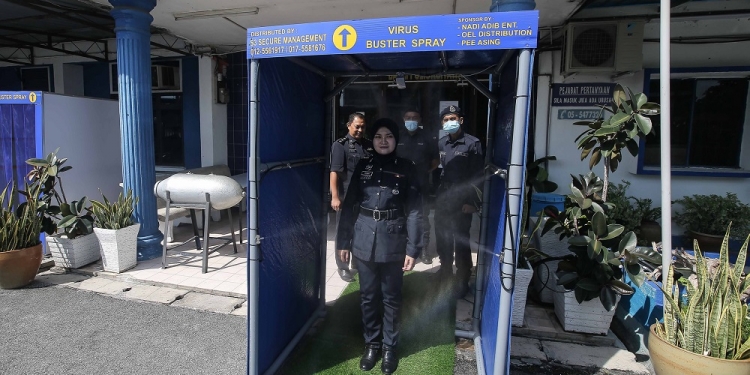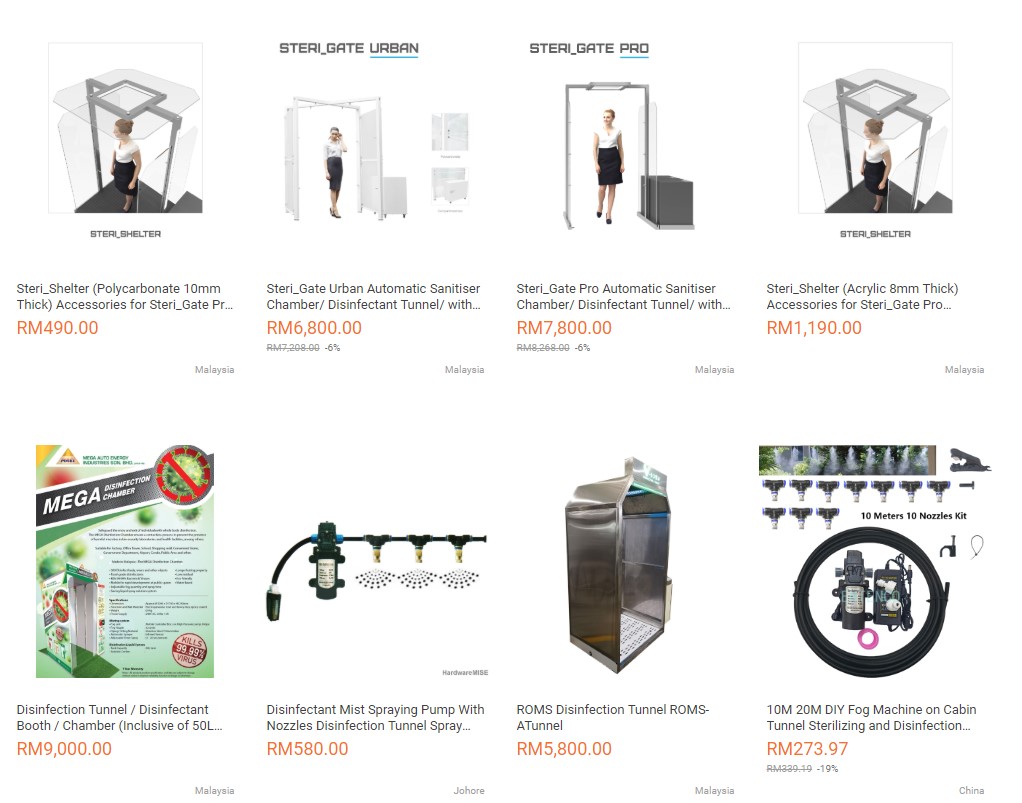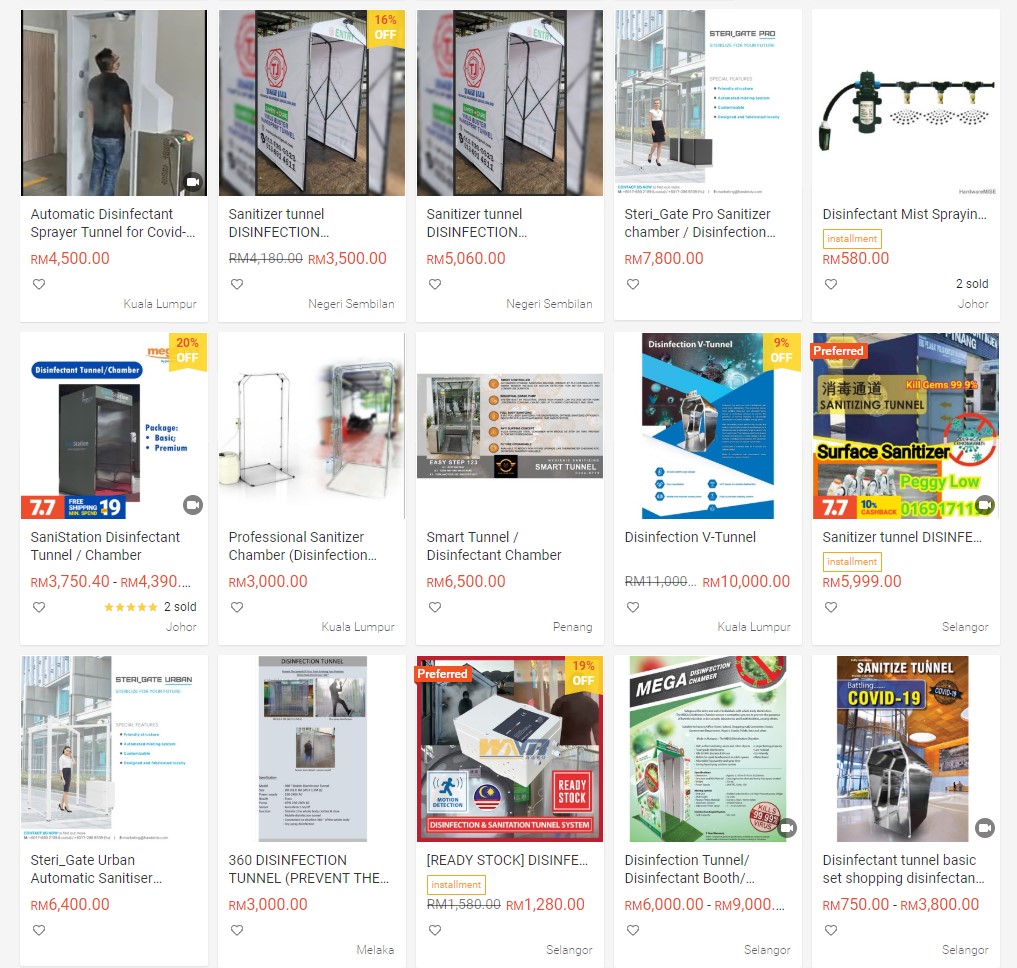The Ministry of Health (MOH) has reiterated on its stance that disinfection tunnels should not be used as they are not proven to be effective at curbing the spread of COVID-19 and the chemicals used may even harm users.
Health director-general Datuk Dr Noor Hisham Abdullah strongly discouraged their use. “We are worried that using this tunnel, firstly it is not going to disinfect a person because the virus is in the body and not on the surface. And on the surface, (chemical) exposure is in a short period of time and not adequate as well,” he said in a Malay Mail article.
Dr Noor Hisham also cited statements by the World Health Organisation (WHO) that advised against the use of such devices.
The WHO stated that the practice of spraying disinfectants could be physically and psychologically harmful to people. It also would not reduce an infected person’s ability to spread the virus through droplets or contact.
Even if an infected person were to pass through the disinfection tunnel or chamber, they would still be able to spread the virus as the disinfectants sprayed will not kill any virus already present in one’s nose, throat or body.
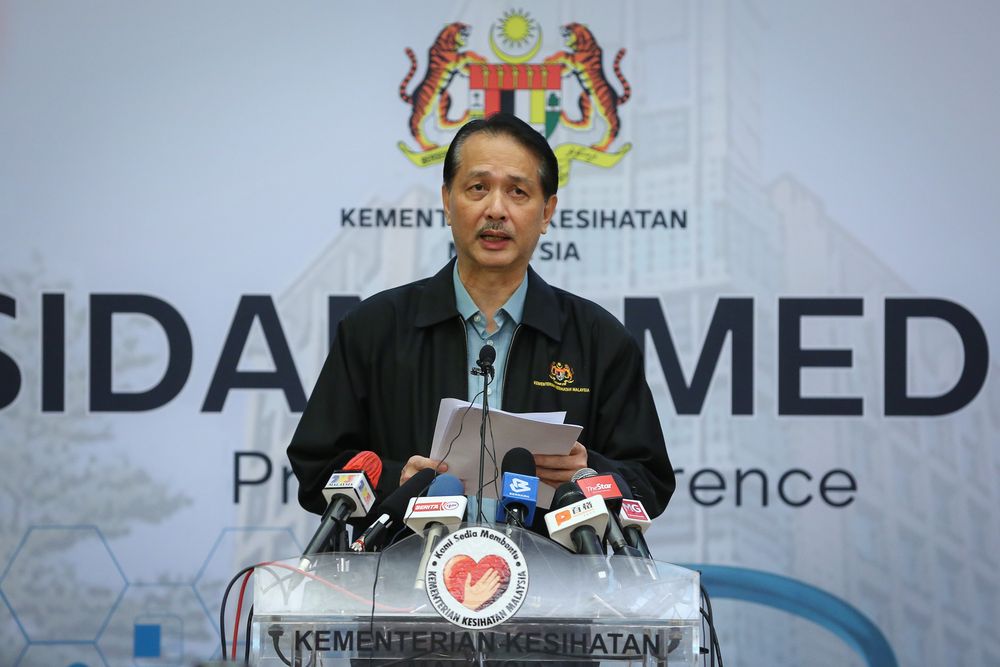
“We are worried that chemicals sprayed on individuals may cause irritation to the skin and eye, it may even trigger an asthmatic attack,” said Dr Noor Hisham during a press conference. He repeated his warning issued in an earlier press conference on 15 April after reports of schools using disinfection tunnels to mass disinfect returning students. Secondary schools across the country have opened on 24 June to students that are taking public exams this year.
The MOH had previously conducted its own assessment of several models of so-called disinfectant devices from several countries and existing models in the country. It found that they were all not effective.
Prof Datuk Dr Lok Hakim Sulaiman of International Medical University (IMU) stated in a letter dated 8 April to The Star that he too concurred with the MOH that the exact mode of COVID-19 transmission has not been fully determined. “We do know that human-to-human transmission occurs through small droplets from the nose or mouth, which spread when a person with the virus coughs, sneezes or exhales. When these droplets land on objects and surfaces, it acts as another vector for transmission.”
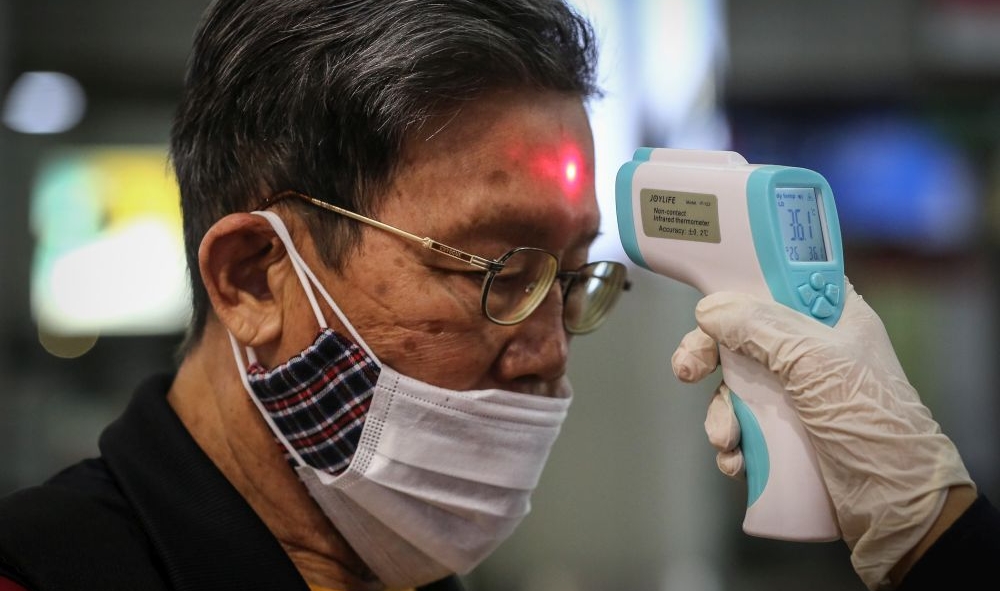
Dr Lok explains that the targets of the disinfection tunnels are the garments people are wearing. But he pointed out that the garment one wears are not considered as a frequently touched surface, reducing the usefulness of such devices. More importantly, Dr Lok is concerned that these tunnels would give people a false sense of security.
A quick check on Lazada and Shopee revealed that such devices are readily sold online with prices ranging from as low as RM490 up to RM7,800. Outwardly, most devices sold online appear to be of the tunnel variety, most differ in terms of materials used to construct the outer walls of the tunnel.
The MOH maintains that social distancing is still the most effective way to curb the spread of COVID-19. It added that the expensive cost these machines would be better channelled towards more effective prevention measures like increasing the number of hand washing stations and increase the availability of hand sanitsers in public spaces.
At the time of writing, Malaysia recorded 8,634 confirmed cases of COVID-19. Out of that total only 195 are active cases while 8,318 of cases have recovered. The total number of deaths stands at 121.
The country recorded a total of 18 new cases on 28 June, with four imported and 14 local cases. There were 10 new recovered cases.
[SOURCE]

